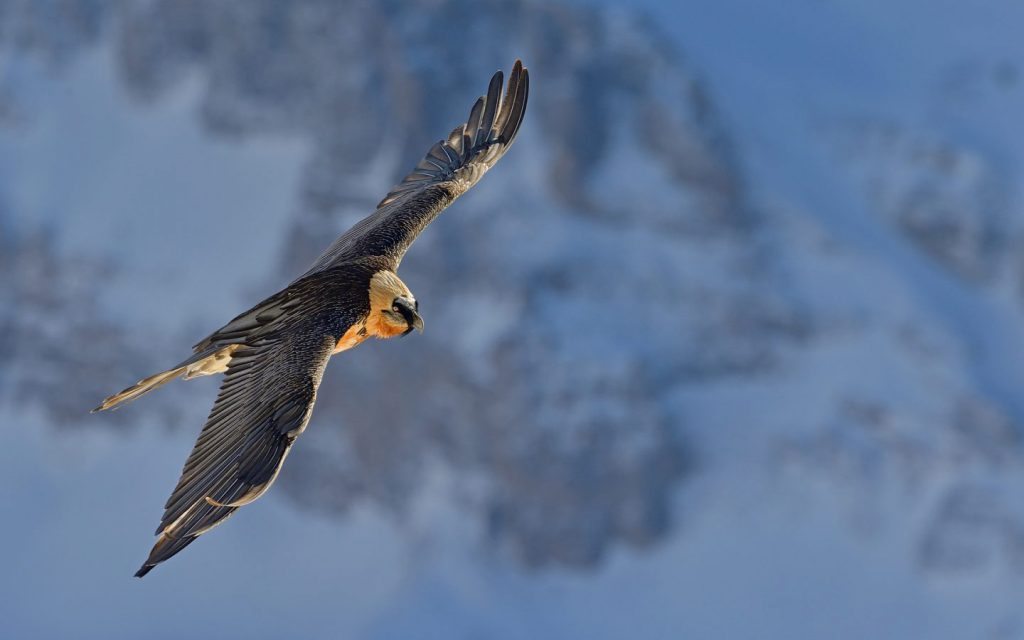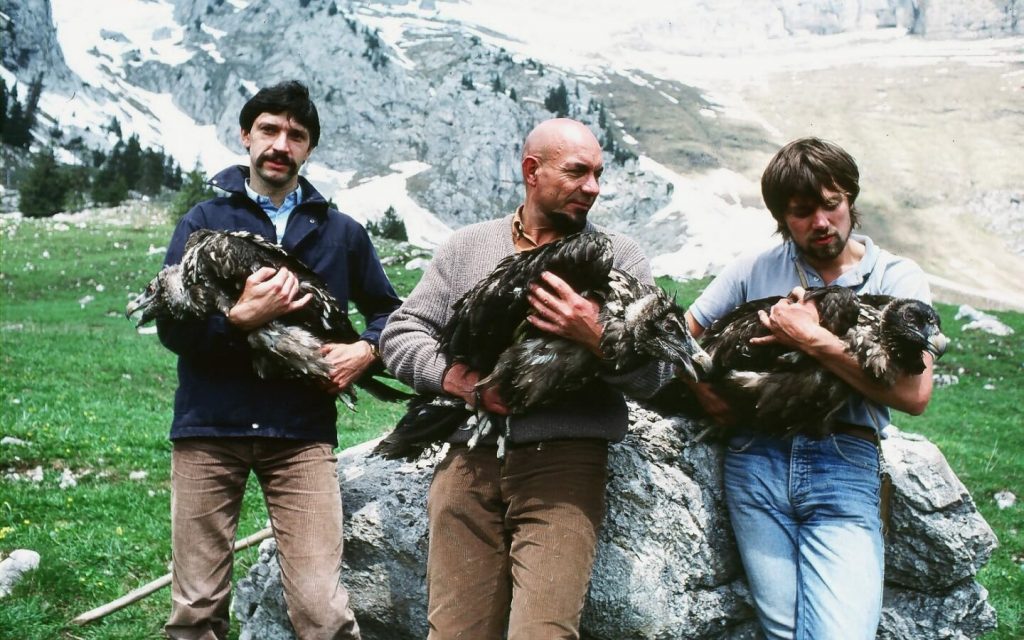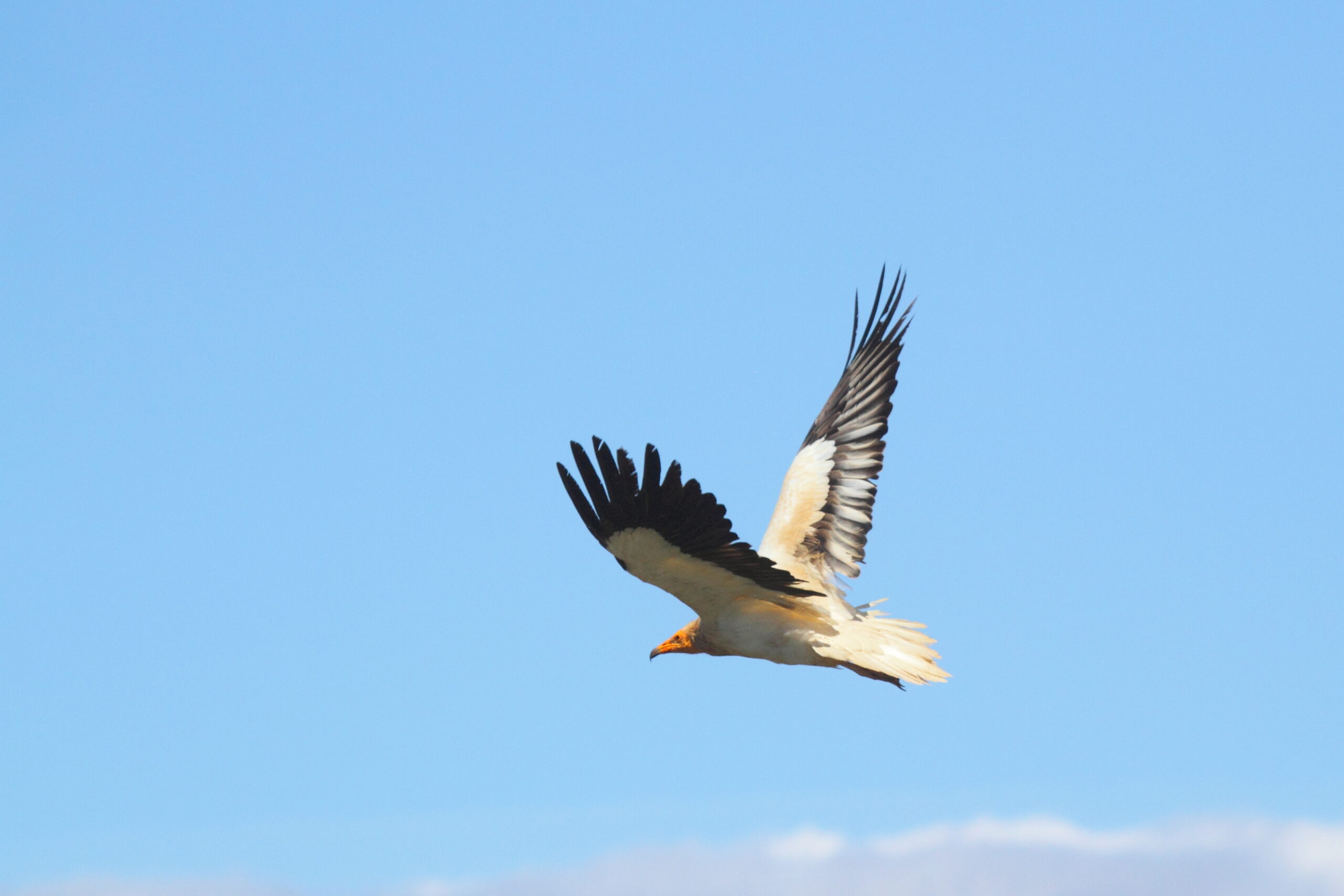After Rupis reached Mali last week, it was the time of Douro – an Egyptian vulture captured at the Escalhão supplementary feeding site last June, to reach its probable wintering quarters in Mali (see maps).
Douro flew a slightly different route than Rupis to the wintering area in Mali, using a more western route, but their path crossed again and both birds are using a similar area at the moment.
Douro attempted to breed this spring in Douro canyons, but unfortunately the pair was not able to raise an offspring.
5 adult or sub-adult Egyptian vultures from the Douro area are equipped with a GPS tag that have been providing the LIFE RUPIS with valuable information about their detailed movement.
You can follow the movements of all these birds at our website here – https://www.4vultures.org/our-work/monitoring/egyptian-vulture-online-maps/
The LIFE RUPIS project aims to implement actions to strengthen the populations of the Egyptian vulture (and the bonelli´s eagle) at the trans-border Douro, by reducing the mortality of these birds and increasing their breeding success. The Egyptian vulture is the smallest vulture in Europe, and it is classified as “Endangered” – in Europe its populations have declined by 50% over the last 40 years.
The project includes equipping electric lines against electrocution, several actions that aim to minimize the threat of illegal poisoning, targeted management of over 1,000 hectares of important habitats for the species and also the creation of a network of supplementary feeding stations.
The project is implemented by the VCF and partners, including SPEA (BirdLife in Portugal), ATN and Palombar (regional conservation organisations in NE Portugal), the Junta de Castilla y Leon & the Fundación Patrimonio Natural de Castilla Y León, the Portuguese electricity distributor EDP-D, the Portuguese statutory conservation agency ICNF and the Portuguese environmental police force (GNR), and is co-funded by the MAVA Foundation.





